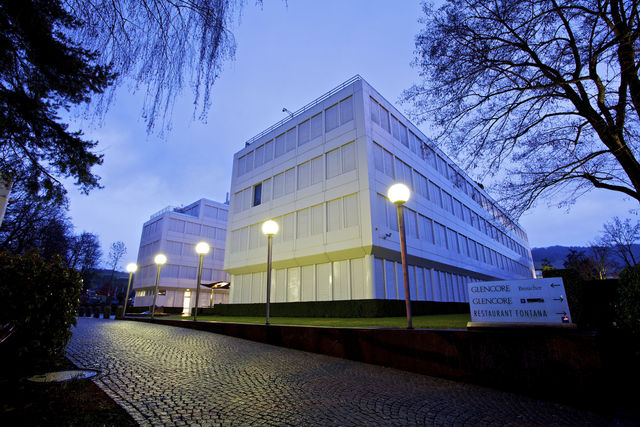
12 September 2015, Cape Town – Mining and manufacturing production in July both increased by 5.6% year-on-year (y/y), but an economist expressed concern over the medium-term outlook for the mining sector.
Statistics SA, who announced the two sets of results on Thursday, said seasonally adjusted mining production increased by 1.1% month-on-month (m/m), following m/m changes of 2% in June and -4.6% in May and -4.3% in the three months ended July compared with the previous three months.
Platinum was again the best performer, growing 71.8% y/y, but still off a very low base after last year’s crippling platinum industry strike.
Seasonally adjusted manufacturing production increased by 0.3% m/m, following m/m changes of 0.8% in June 2015 and -0.7% in May and -1.3% in the three months ended July 2015 compared with the previous three months.
The acceleration was led by basic iron and steel, metals and machinery (17.4% y/y) and vehicle and parts production (39.6% y/y), which combined accounted for 5.5% of the 5.6% growth.
Jason Muscat, FNB industry economist, said in a statement that any further strike activity in the mining sector could push the economy into a technical recession.
“(However), we remain more concerned about waning demand from China and falling commodity prices,” he said. “The implications for the country’s terms of trade, and current account, are significant, but are for now being somewhat offset by a lower oil import bill.
“Our medium-term outlook for the sector, which continues to be hobbled by both domestic and international constraints, remains negative.”
Commenting on the manufacturing results, he said that while Eskom had not implanted load shedding for the last 32 days, FNB is “unsure whether it is due to improved electricity generation or reduced demand from the energy intensive mining and manufacturing sectors”.
“August data will provide a better indication as to the underlying reason,” he said. “Nevertheless, manufacturing production has turned mildly positive year-to-date (0.4%) and the tailwinds of a weaker rand may be gathering pace for exporters.”
*News24Wire.com



